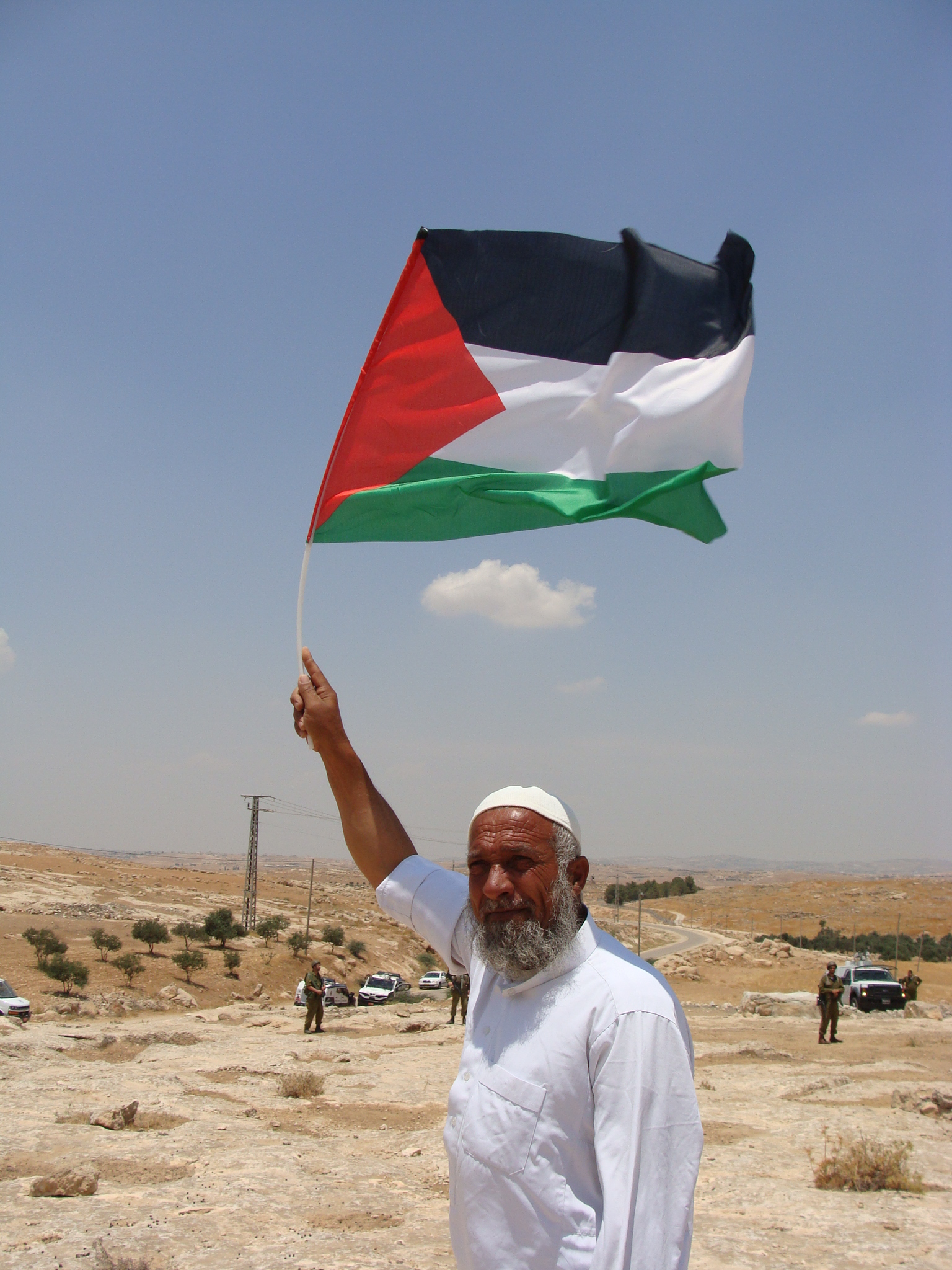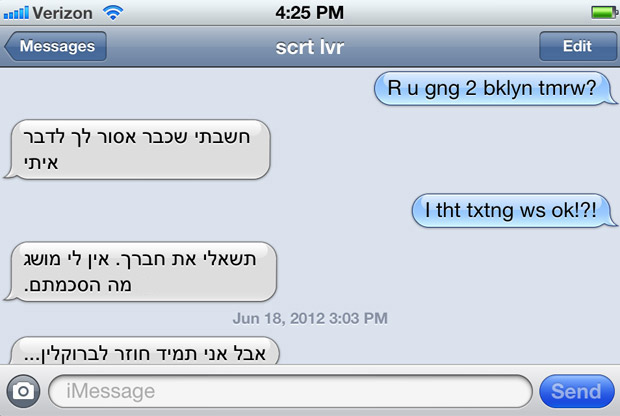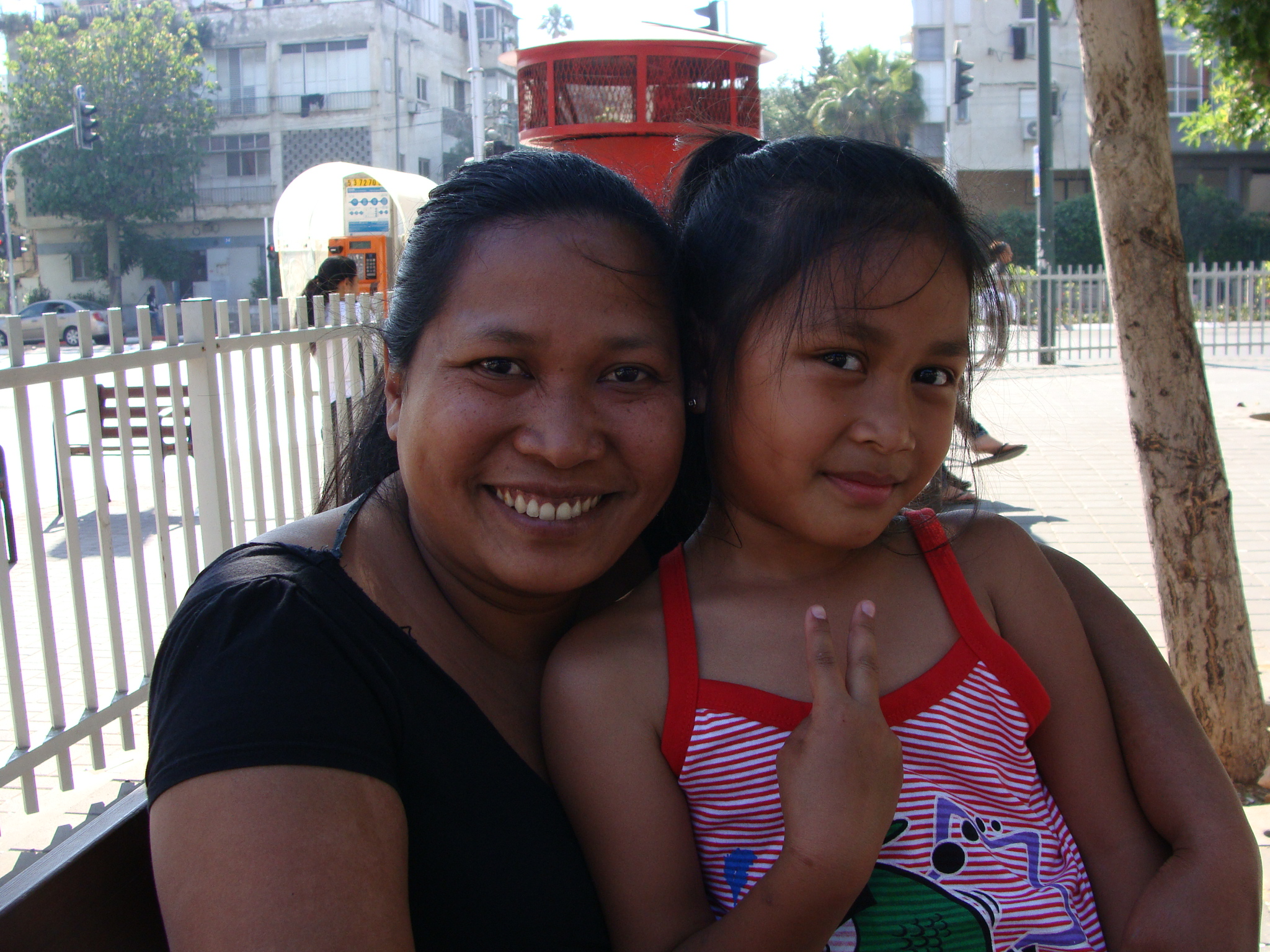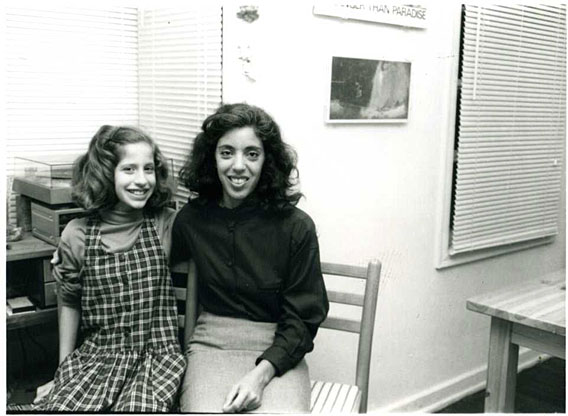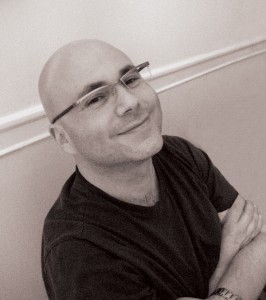Inter Press Service, August 18, 2012
A year after their bid for statehood flopped in the United Nations’ Security Council, the Palestine Liberation Organisation is again planning to seek an upgrade in UN status. On Sep. 27, the PLO will approach the UN General Assembly in hopes of becoming a non-member observer state. If their bid is successful, the Palestinians will be eligible to join various UN agencies and will also be able to bring allegations of Israeli war crimes to the International Criminal Court.
Responding to news of the Palestinians’ upcoming UN bid, Israeli Knesset Member (MK) Danny Danon said that Israel should unilaterally annex Israeli-controlled Area C, which makes up more than 60 percent of the West Bank and includes more than 200 Israeli settlements and outposts.
The idea of an annexation seems to be gaining currency. Danon, a member of Prime Minister Benjamin Netanyahu’s ruling Likud party, promoted a Knesset bill calling for such a move. MK Uri Ariel has called for the application of Israeli civil law to Area C – a move that analysts say would amount to a de facto annexation.
According to The Jerusalem Post, Ariel’s proposal has garnered the support of “more than half” of Likud’s parliamentary representatives. And last month a number of Likud MKs participated in a conference organized around annexing not just Area C but the whole of the West Bank.
Despite the fact that Knesset Members are active in the drive towards an annexation, government spokesman Mark Regev has said that talk of an Israeli annexation of Area C is “ludicrous.”
Whatever the end goal, the Israel government continues to establish “facts on the ground” in Area C. According to the Israeli non-governmental organisation Peace Now, 2011 saw a 20 percent increase in West Bank settlement construction with work beginning on more than 1,850 new units. This year, Israel has approved over 1,400 new housing units in settlements – suggesting that 2012 will be a record-breaking year of settlement growth – and the number of West Bank settlers has risen by 4.5 percent.
As the state facilitates the transfer of Jewish Israelis to Area C with one hand, it uses the other to push the indigenous Palestinian residents out. Between January and June of 2012, the UN reports, Israel destroyed 384 Palestinian and Bedouin homes and structures in East Jerusalem and Area C. According to the UN, this led to the “forced displacement” of 615 Palestinians and Bedouins, more than half of who are children.
The UN notes that 2012 has seen a “significant increase” in both demolitions and displacements, “On average, 103 people have been displaced every month in 2012, compared to 91 in 2011, 51 in 2010, 52 in 2009 and 26 in 2008.”
Both the state and Israeli settlers are increasingly using “lawfare” against the Palestinian population in Area C – deeming Palestinian structures and villages that often pre-date the Israeli occupation itself as “illegal” and, therefore, subject to demolition.
According to Tamar Feldman of the Association for Civil Rights in Israel, there are more than 14 Palestinian villages in the South Hebron Hills that are caught up in legal battles – waged by the state and right-wing organizations like Regavim – to hang on to their land.
The Palestinian villages of Zanuta and Susya, which are both under threat of imminent demolition, are two situations in which Regavim revived frozen demolition orders by petitioning the court, essentially forcing judges to rule on the cases. There are also the 12 villages in Firing Zone 918. If the state has its way, 1,500 Palestinians will be expelled from the area.
The state has no plans to relocate the families or to compensate them for taking their land.
Speaking to IPS, Feldman comments, “The Jordan Valley and the South Hebron Hills area have a lot of (Israeli-declared) firing zones and nature reserves that have restrictions on entry and residency. Most of the firing zones are not really being used for live fire training and (Zone 918) has not been used for live ammunition training. In fact, it has been used very little in the last 15 years.”
She calls the state’s sudden claim that it needs to use the area for military exercises, “very strange.”
The firing zones and nature reserves that dot Area C – as well as the demolitions, lopsided allocation of resources, and restrictions on freedom of movement – all function together to block Palestinian growth or drive Palestinians out altogether by making life unbearable. Is it a matter of grabbing more land or is it about creating a Jewish demographic majority on that land? Either way, both are crucial issues to annexation.
Feldman adds that the state’s expropriation of Palestinian land to create firing zones and nature reserves is “very problematic from an international law point of view. You’re not supposed to use an area within the occupied territory for any general purpose that serves you.”
But the recent Levy Commission report denies that Israel is occupying the West Bank. While the committee recommended that the government legalise all settlements and outposts, some observers say the Levy report constitutes an attempt to lay the legal groundwork for an Israeli annexation.
Jeff Halper, co-founder and director of the Israeli Committee Against House Demolitions, tells IPS, “A lot of the settlements are built on private Palestinian land. And the Supreme Court isn’t letting (the state) expropriate the land. An annexation would mean that it all becomes Israeli land…it cuts through that Gordian knot of legal hassle and the issue of criticism of the settlements…”
“If Israel annexes Area C,” Halper continues, “the world will complain for a day…after the yelling and screaming, it will be normalised.”
Despite the fact that Israel unilaterally annexed East Jerusalem in 1980 and the Golan Heights in 1981 – and faced no real repercussions from the international community for either move – some analysts say that Israel won’t take Area C.
Neve Gordon, author of Israel’s Occupation, says Israel is too worried about “demographic concerns” to annex Area C and that “the political cost is considered too high…at this point, Israel is happy with a de facto annexation of parts of the West Bank without legally annexing the region as a whole.”
